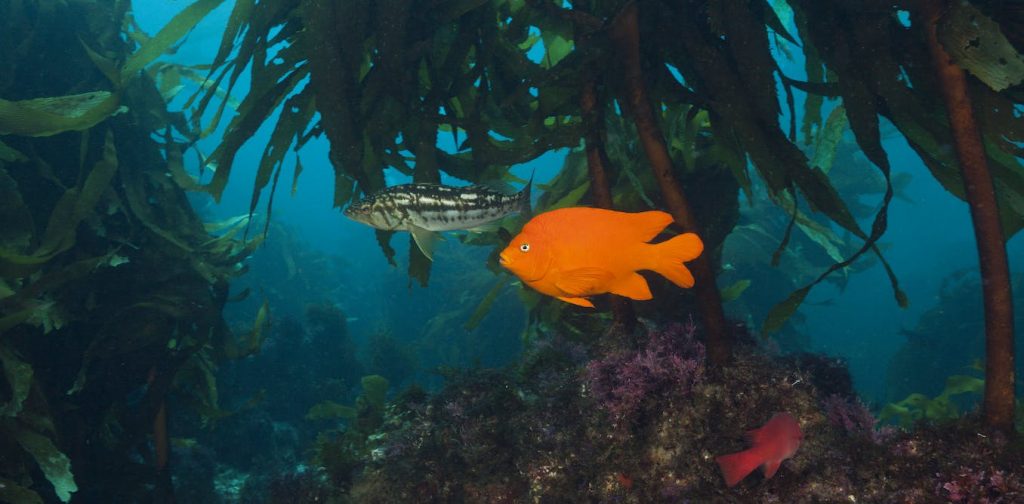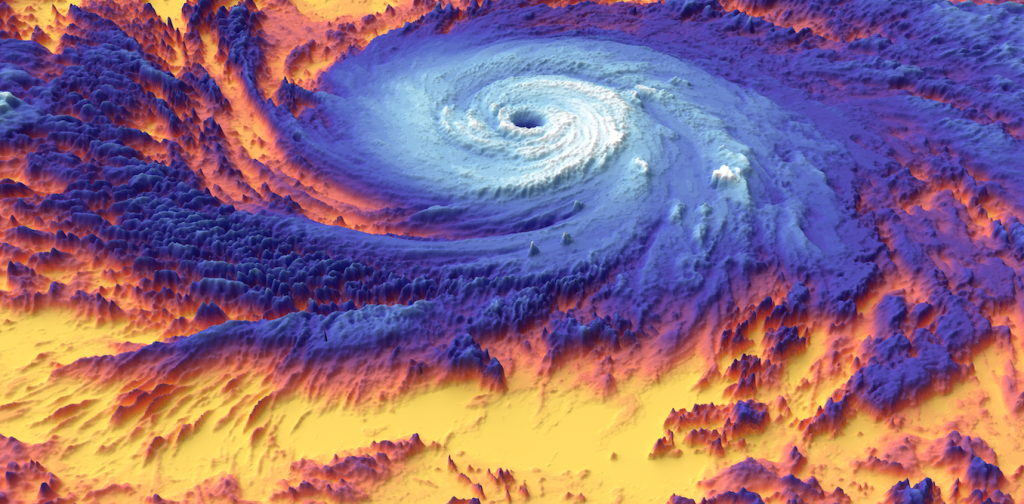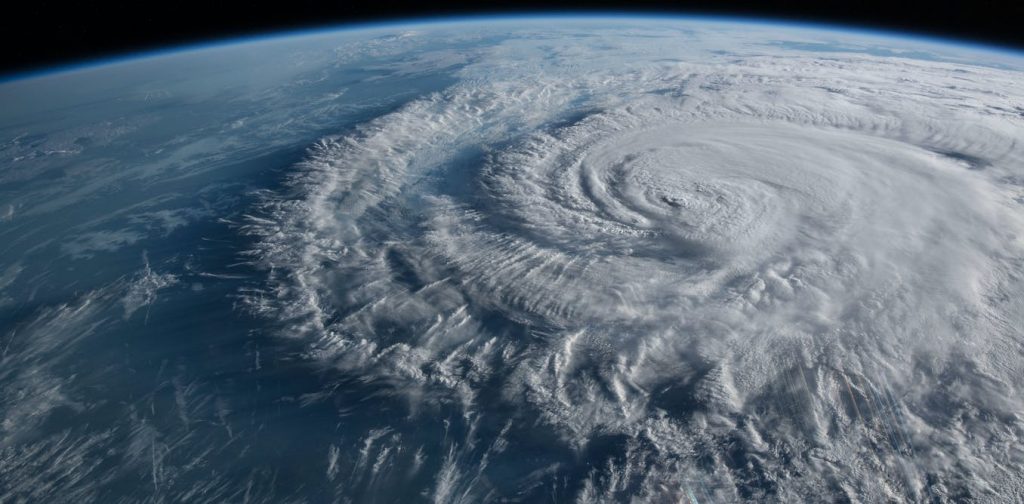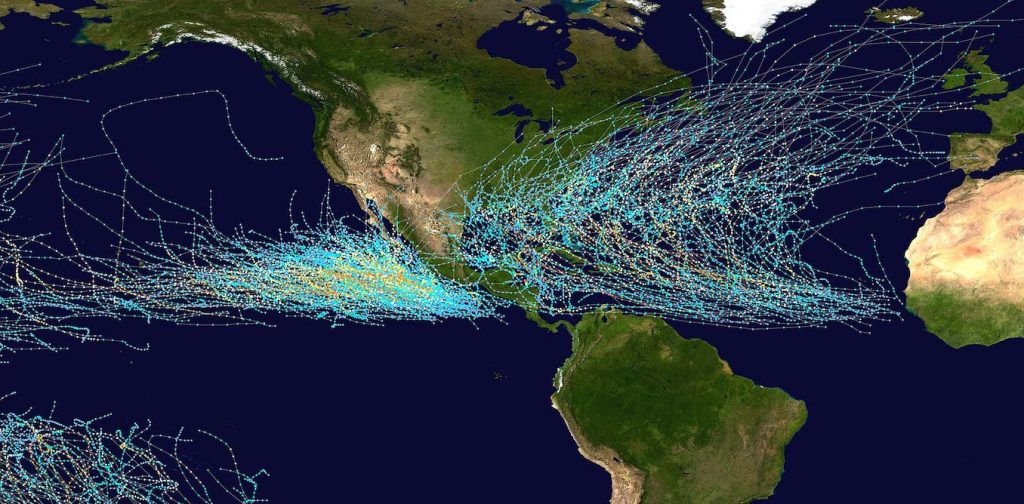Classic literature still offers rich lessons about life in the deep blue sea
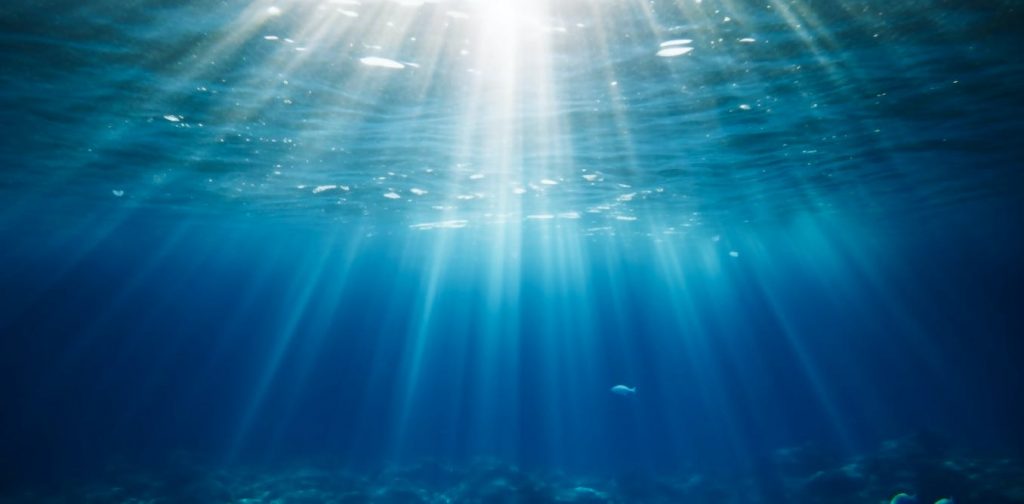
When OceanGate, the deep-sea exploration enterprise, created a promotional video for its ill-fated US$250,000-per-head trip to see the wreck of the Titanic, it told prospective passengers to “Get ready for what Jules Verne could only imagine – a 12,500-foot journey to the bottom of the sea.” Those behind the video hoped viewers would recognize the allusion to the author of one of the most influential and widely read oceanic novels of all time, “20,000 Leagues Under the Sea.”
There are indeed eerie similarities between the 1870 French novel and the circumstances surrounding the Titan submersible, which lost contact less than two hours into its descent into the depths of the Atlantic.
In the novel, a supposedly indestructible vessel strikes an iceberg. A man of untold wealth dreams of voyaging to the bottom of the sea, sharing with a select few passengers a glimpse of the mysteries of the deep. He descends to the ocean floor in order to gawk at the wreckage of a great ship that sank years before. But later in the novel a technical problem in the submarine starts a race against time as crew members try to reach the surface before their oxygen tanks are empty. And not everyone survives.
For me, as the leader of a “Blue Humanities” initiative at Arizona State University that explores how the literature of the past can inform the present about the importance of the oceans, revisiting the novel served another purpose. It reaffirmed for me how classic literature – particularly stories about adventures at sea and, quite frankly, misadventures, as well – continues to serve as one of the best ways for humanity to educate itself about the largely unexplored realm.
 Jules Verne’s novel ‘20,000 Leagues Under the Sea’ follows a wealthy man who voyages to the bottom of the sea to explore a ship that sank years before. Marka/Universal Images Group Editorial via Getty Images
Jules Verne’s novel ‘20,000 Leagues Under the Sea’ follows a wealthy man who voyages to the bottom of the sea to explore a ship that sank years before. Marka/Universal Images Group Editorial via Getty Images
Exploring the ‘seven seas’
Verne’s original title had “les mers” – seas, plural. A “league” (French “lieue”) was a measure that has been different lengths at different times in history. In the novel, it is just over 2 miles. So Verne was alluding to distance traveled, not depth of descent. The deepest place on Earth, the Mariana Trench in the Pacific, is only 3½ leagues down, whereas the journey of the imaginary submarine, Captain Nemo’s Nautilus, is a 40,000-mile circumnavigation of what used to be called “the seven seas.”
Verne’s novel and other classics – such as Herman Melville’s “Moby-Dick” in 1851, and Thomas Hardy’s 1912 poem on the sinking of the Titanic, “The Convergence of the Twain” – are allegories of nature shattering the hubris of technology.
In Melville’s novel, the great white whale rams the good ship Pequod and drags Captain Ahab to a watery death.
For Hardy, the claim that the Titanic was “unsinkable” is a prime example of human arrogance. In his poem, he imagines how sea-worms – “grotesque, slimed, dumb, indifferent” – now crawl over the gilded mirrors that were meant to “glass the opulent.”
Unexplored depths
The ocean bed remains an alien world. Like outer space, it is truly a final frontier. Indeed, it is often said that we know more about Mars than we do about the bottom of the sea. The National Ocean Service reminds us that the seas cover more than two-thirds of the planet. Still, “more than eighty percent of this vast, underwater realm remains unmapped, unobserved, and unexplored.”
The mysteriousness of what lurks down there makes the seabed a prime location for fantasy. This can be seen in Plato’s ancient idea of a lost kingdom called Atlantis. And it can also be seen in the enduring idea of the mermaid, or the comic world of SpongeBob SquarePants – which was created by a marine science educator, the late Stephen Hillenburg.
There is an ingrained human fear of sinking below the waves. This fear is depicted in such haunting paintings as Théodore Géricault’s “The Raft of the Medusa” and J.M.W. Turner’s “The Shipwreck.” So too, from the Greek tragedy of “Hippolytus” by Euripides to “The Kraken Wakes,” a 1953 novel by science fiction writer John Wyndham, there is terror at the idea of a monster rising from the deep.
 A spare anchor sits in its well on the forepeak of the shipwrecked Titanic. Ralph White via Getty Images
A spare anchor sits in its well on the forepeak of the shipwrecked Titanic. Ralph White via Getty Images
In our world of marine biodiversity loss, bleached coral and ocean acidification, we need positive as well as paranoid imaginings of the deep. The literature of the sea gives us not only tales of maritime bravery and catastrophe, but also compelling imagery that fosters a more sobering understanding of the threats to the world’s oceans and oceanic life.
Among the first
Jules Verne was indeed a pioneer of the celebration of underwater life that has been the mission of natural history documentaries from Jacques Cousteau’s “The Silent World” in 1956 to Sir David Attenborough’s “The Blue Planet” in 2001.
It was only with the invention of the submarine that humans could reach more than a few feet below the surface of the waves. In the 1620s the Dutch inventor Cornelis Drebbel descended into the River Thames in a bell-shaped submersible powered by oars, his oxygen supplied by setting fire to saltpeter.
At the end of the 18th century there were rudimentary attempts at designing military submarines, including a French one called the Nautilus, which gave Verne the name for his imaginary invention. His more immediate inspiration was the Plongeur, designed for the French navy in the early 1860s. It reached a depth of 30 feet – or 9 meters – and could stay underwater for two hours.
Verne saw a model of it at the 1867 Exposition Universelle in Paris, where he also learned about a recent discovery: the mechanical power of electricity. He put the two things together and set about writing a novel about an electrically powered submarine with an invincible hull, snaking under the oceans at unprecedented speed.
In the initial draft, the fabulously wealthy and cultured Captain Nemo is a Polish nobleman and political radical in flight from the Russian imperialism that has destroyed his family and homeland. But Verne’s publisher made him remove the politics, since Russia was a French ally at the time, so Nemo becomes a figure of mysterious origins. The name, meaning “no one,” was taken from the pseudonym for Odysseus, the original maritime voyager of Western literature and main character in Homer’s poem “The Odyssey.”
Nemo is both a hero and a murderous hater of humankind. Disillusioned by the modern world, he takes refuge in the wonders of the deep.
Verne read deeply in the nascent science of marine biology, poring over such works as M.F. Maury’s pioneering “The Physical Geography of the Sea,” published in 1855. By incorporating Maury’s research into an adventure story, Verne was able to educate readers of all ages about the astonishing richness of marine life. The novel is filled with detailed catalogs of fish and corals, delighted observations of organic forms ranging from sharks and whales to mollusks and tiny phosphorescent zoophytes. Like Melville in “Moby-Dick” a few years before him and the great environmentalist Rachel Carson in her “Sea Trilogy” nearly a century after him, Verne braids together scientific taxonomy and poetic imagery. Melville’s novel vividly realizes barnacles and squid as well as whales and sharks. Carson even makes the reader empathize with slimy eels. So too, Verne’s novel includes dozens of sentences such as this:
Then, as specimens of other genera, blowfish resembling a dark brown egg, furrowed with white bands, and lacking tails; globefish, genuine porcupines of the sea, armed with stings and able to inflate themselves until they look like a pin cushion bristling with needles; seahorses common to every ocean; flying dragonfish with long snouts and highly distended pectoral fins shaped like wings, which enable them, if not to fly, at least to spring into the air; spatula-shaped paddlefish whose tails are covered with many scaly rings; snipefish with long jaws, excellent animals twenty-five centimeters long and gleaming with the most cheerful colors; bluish gray dragonets with wrinkled heads; myriads of leaping blennies with black stripes and long pectoral fins, gliding over the surface of the water with prodigious speed; delicious sailfish that can hoist their fins in a favorable current like so many unfurled sails; splendid nurseryfish on which nature has lavished yellow, azure, silver, and gold; yellow mackerel with wings made of filaments; bullheads forever spattered with mud, which make distinct hissing sounds; sea robins whose livers are thought to be poisonous; ladyfish that can flutter their eyelids; finally, archerfish with long, tubular snouts, real oceangoing flycatchers, armed with a rifle unforeseen by either Remington or Chassepot: it slays insects by shooting them with a simple drop of water.
The scientist J.B.S. Haldane once said, “The world will not perish for want of wonders, but for want of wonder.” Perhaps it is now time to reawaken a sense of wonder at the life of the oceans by returning to such classics of marine literature.

